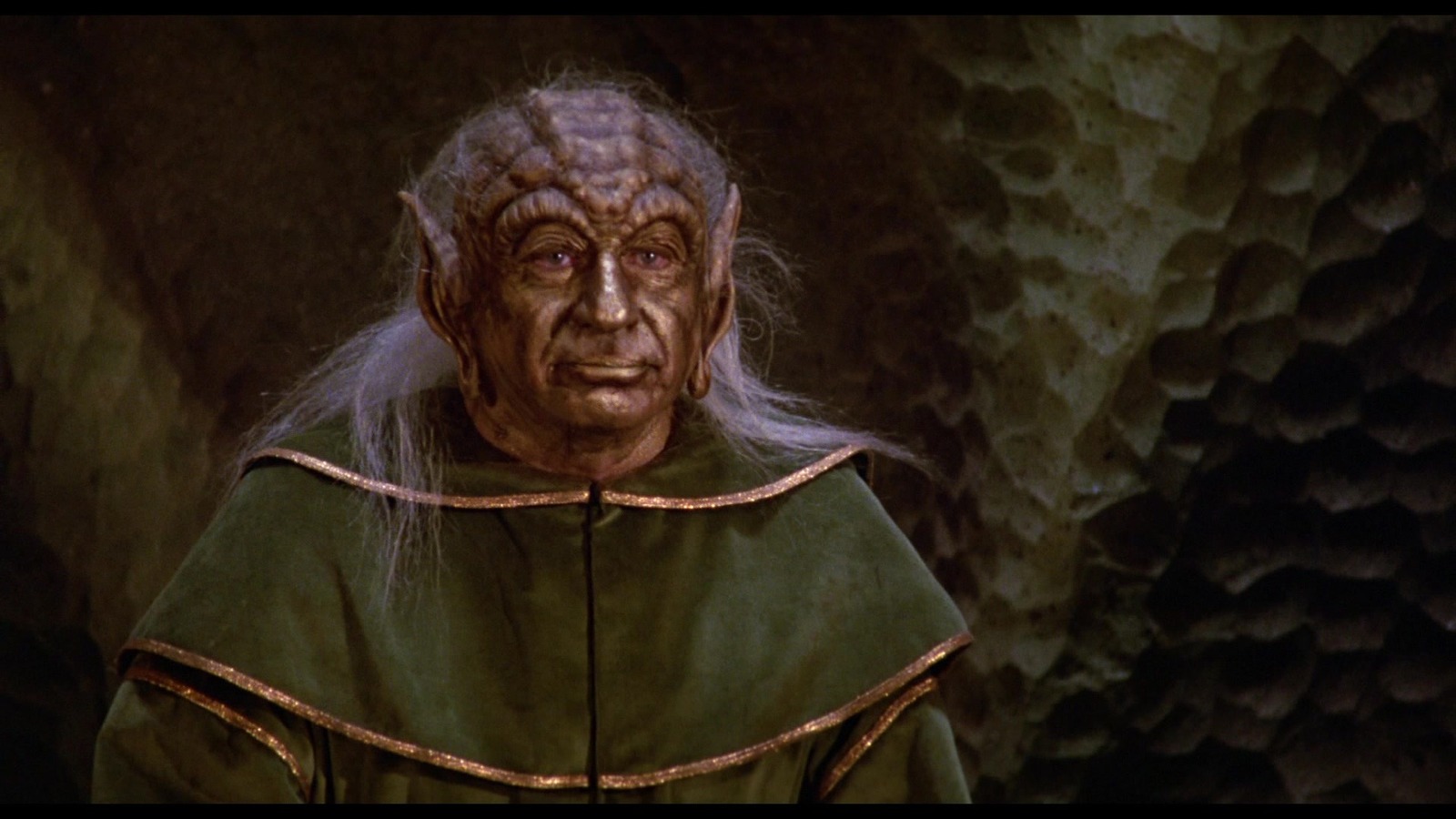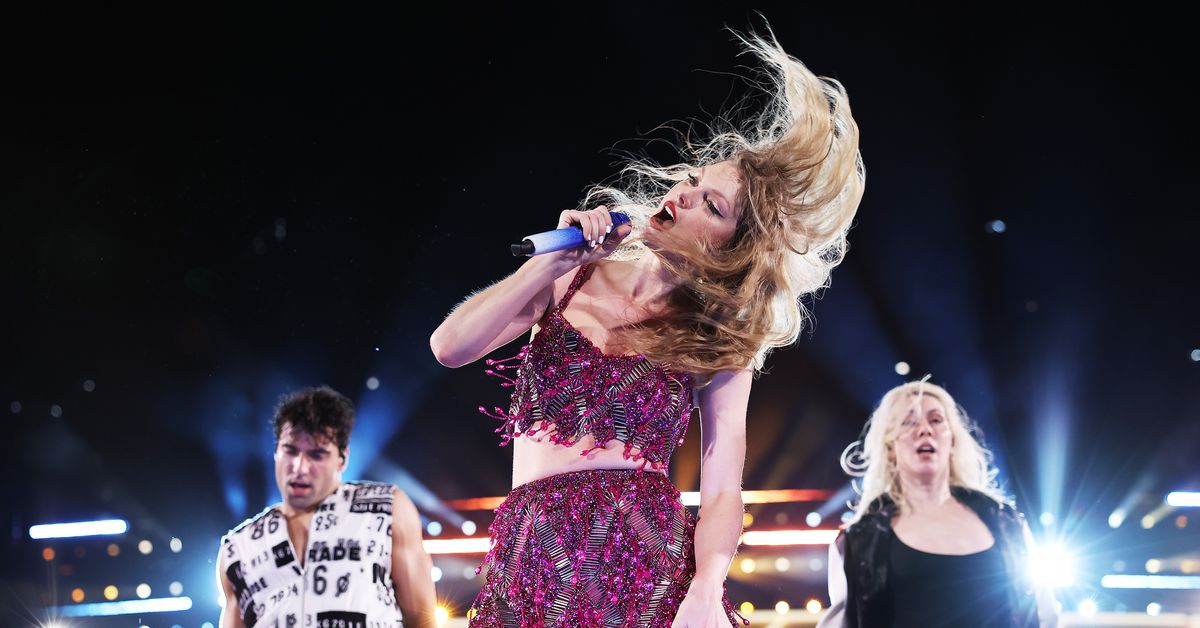
Power Naps Were Mel Brooks’ Key To Problem Solving On Spaceballs – /Film
The “Star Wars” galaxy encompasses a vast array of planets and diverse creatures that continue to be explored in even greater detail in the saga films, every live-action, animated Disney+ series, and extensive reference volumes, comics, and tie-in novels. The cultural ripple effect spread worldwide, inspiring countless parodies and bizarre knock-offs that looked to capitalize off the colossal record success of the original trilogy.
In the late ’80s, “Star Wars” was at a crossroads in terms of new content and continued efforts to endlessly merchandise the sci-fi fantasy epic into oblivion. It was a ripe time for a proper parody, and luckily one of the great satirists of the 20th century had enough clout and enough jokes to get it done. When Mel Brooks came out with “Spaceballs” in 1987, it had been four years since “Return of the Jedi” ended the original trilogy and three years since the made-for-TV movie “Caravan of Courage: An Ewok Adventure” premiered to mixed results. It wasn’t until 1991 when author Timothy Zahn released the Expanded Universe novel “Heir to the Empire” that Lucasfilm saw a path to new, exciting adventures featuring new villains like Grand Admiral Thrawn.
The bumbling, moronic Dark Helmet (Rick Moranis) in “Spaceballs” was the complete opposite of the calculating, refined enemy fans were about to be introduced to in Zahn’s engrossing “Thrawn” trilogy. Lone Starr, the roguish Han Solo-inspired man-child played by Bill Pullman didn’t have to do a lot to escape Dark Helmet’s evil clutches. Funny enough, the real villain of “Spaceballs” was the fear that Mel Brooks would run out of brilliant ideas to lambast and poke fun at the “Star Wars” universe. Pullman, in a previous interview with The Hollywood Reporter, revealed one of the ways that Brooks would use to avoid hitting a creative wall when they were on set.
Power naps were key
 Metro-Goldwyn-Mayer
Metro-Goldwyn-Mayer
Incredibly, Mel Brooks was already in his 60s when he co-wrote and directed “Spaceballs.” The comedy legend, famous for playing the 2,000 Year Old Man, understandably, needed a little rest from time to time. He also played two roles in the space opera parody, President Skroob who ruled over planet Spaceball, and Yogurt, the master Schwartz user inspired by Yoda.
Brian Pullman remembered Brooks taking some time for himself to keep the creative juices flowing and keep his energy up, telling The Hollywood Reporter:
“Mel used to do these power naps where he’d lay down for just five minutes, and I have never seen anything like the spirit that would return to him. He’d come back with all these great ideas and solve problems. It was quite dazzling.”
Pullman was in good company with other comedy legends in his crew: Joan Rivers as Dot Matrix, Dick Van Patten as King Roland, and John Candy as his sidekick, known affectionately as Barf. But working with Mel Brooks is another kind of career highlight, altogether. Pullman also said that it was difficult at times to keep the energy up when he had to act in front of a blue screen. Hopefully, Brooks’ penchant for power naps kept Pullman and the rest of the cast and crew from feeling too much pressure to be funny. Thankfully, “Spaceballs” has become a revered addition to the Mel Brooks legacy and is embraced as a beloved piece of “Star Wars” lore.










































































